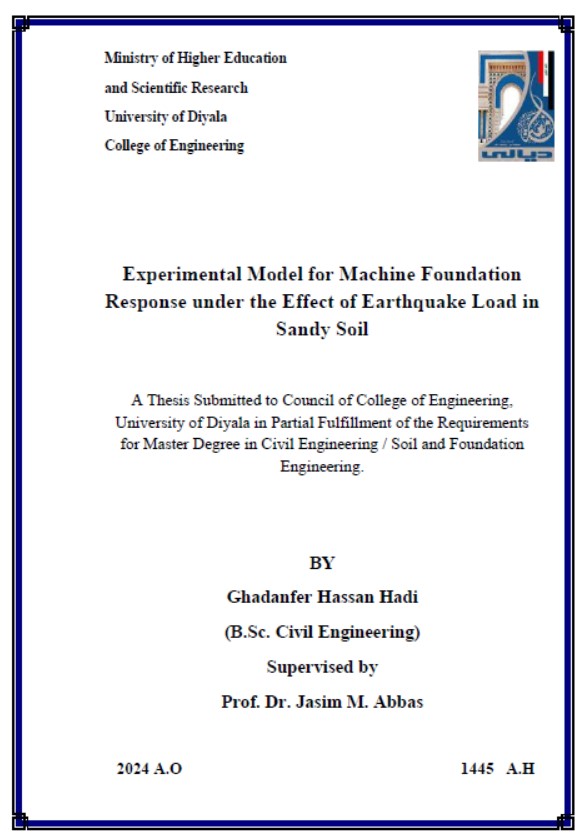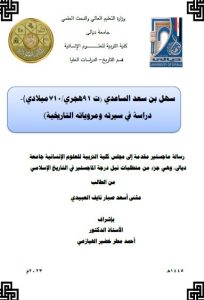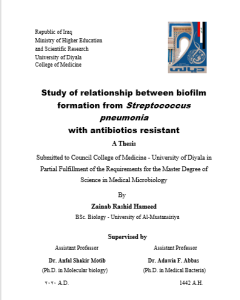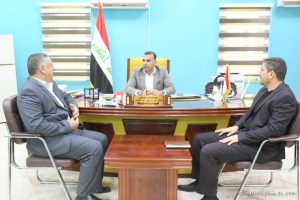المستخلص
In the riskiest case, the machine foundation sometimes carries the vibration load developed from the machine operation and the seismic load simultaneously. This issue is not covered enough in previous research, especially in the case of laboratory models. Therefore, this study presented a laboratory model for the response of machine foundations under seismic loads in sandy soil.
The soil is prepared to attain a relative density of 70% in a steel container with a dimension of (50*50*55) cm using the rain technique. To simulate the earthquake action, a shake table is used, it is exposed to the Halabja earthquake with an intensity of (0.1 g). In addition, tests are conducted under the machine operation response with three frequencies (i.e.,10,20, and 30) Hz. On the other hand, three directions of the machine concerning the axis of an applied load (i.e. 0ᵒ,45ᵒ, and 90ᵒ) are selected.
Additionally, the skirt foundation is also used in this study to assess the foundation performance under the same conditions. This section is conducted under the dynamic response with a frequency of machine of 30 Hz. The ratio of the skirt depth to the machine foundation width (Ds/B) (single and double skirt) are (0,0.25, and 0.5).
Finally, the percentage of reduction in the displacement values (lateral and vertical), at frequency 30 Hz, for an angle of 0ᵒ to 45ᵒ, becomes much higher, in the case of a machine foundation with a singly skirted at (Ds/B=0.25) and (Ds/B=0.5) the percent recorded at (9% and 53%), (24% and 49 %) and doubly skirted at (28% and 152%), (49% and 99%) respectively. Further reduction happened at an angle of 0ᵒ to 90ᵒ, with a singly skirted, percentage reaching to (14% and 56%), (43% and 75 %) and doubly skirted at (44% and 167%), (81%, and 157%) respectively.
The best case for reduction in the displacement values (lateral and vertical) is doubly skirted.





